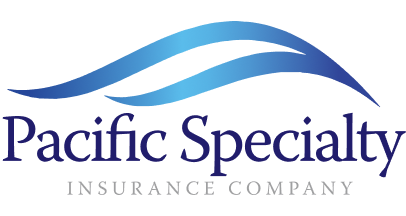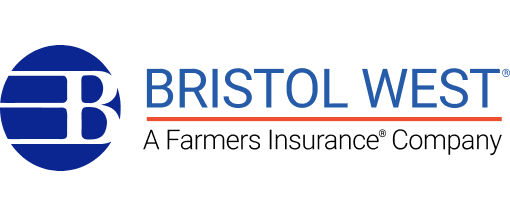Our Lines of Insurance

15 +
Years
Experience
We Strive to Solve Your Insurance Challenges
Our focus is customer service
All insurance companies adjust their rates periodically.
- With a periodic re-quote, we can save you money
- We compare rates with other companies
- We are insurance brokers, not a captive one-company agent
Company Portfolio
Our Insurance Companies
















